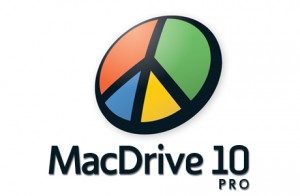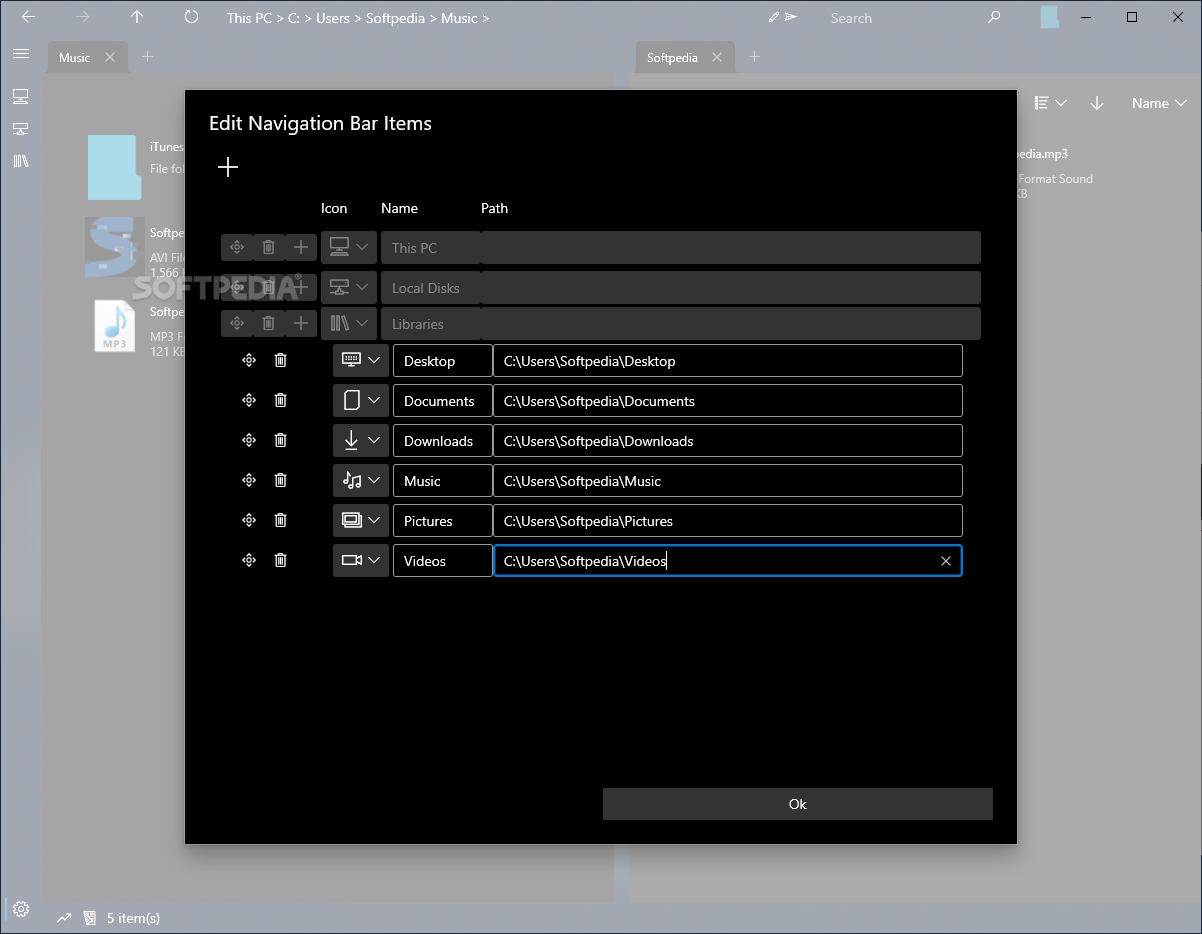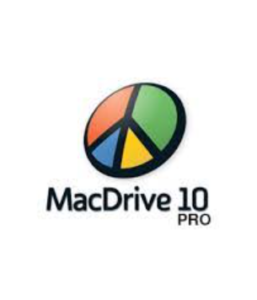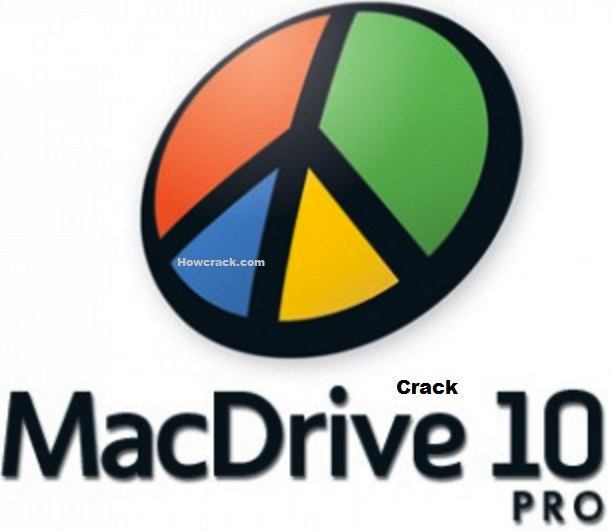

Simple and easy to use, MacDrive is recognized as the leader for accessing Mac disks from Windows for almost 20 years. We think you’re going to love the all-new MacDrive 10. MacDrive 10 extends the lead with even faster access and more protection for your Mac disks and files. MacDrive has built a reputation on blazing quick read/write speeds and unparalleled data security. Open and edit your Mac files from the new window or access them direct from Windows Explorer or your favorite software. MacDrive 10 features an all-new Disk Management Window that displays any Mac disk mounted to your PC and gives you quick access to all of MacDrive’s features.

From seeing the Mac disks mounted to your computer to activating and deactivating, everything from top-to-bottom is easier. We went back to the whiteboard and have made MacDrive even easier to use.

You can add additional shared mount points besides your home directory with third-party utilities like SharePoints or SwiftShare.Introducing the all-new MacDrive 10 Standard and Pro On the latter, Windows can map OS X volumes as normal "windows shares". IMO, the "best" way to access host filesystems "cleanly" in a VM is to share them out either with VMware Shared Folders or OS X Window Sharing (aka Samba). Plus you have to attach raw disk partitions manually in a VM's configuration file, again not trivial for all.

A Fusion VM can't bridge to native firewire drives, but it can bridge USB drives formatted with HFS these will be readable by MacDrive.Īnother alternative to directly bridging devices and access partitions on usb and firewire drives is something called "raw disk" partition mapping (created with vmware-rawdiskCreator) but there are mixed results with various errors returned creating these kind of files. OTOH, you should be able to mount all HFS partitions in native Boot Camp with MacDrive with no problems. Like says under a Fusion VM, MacDrive will not let you share read/write access to your OS X boot partition - that would be dangerous.


 0 kommentar(er)
0 kommentar(er)
